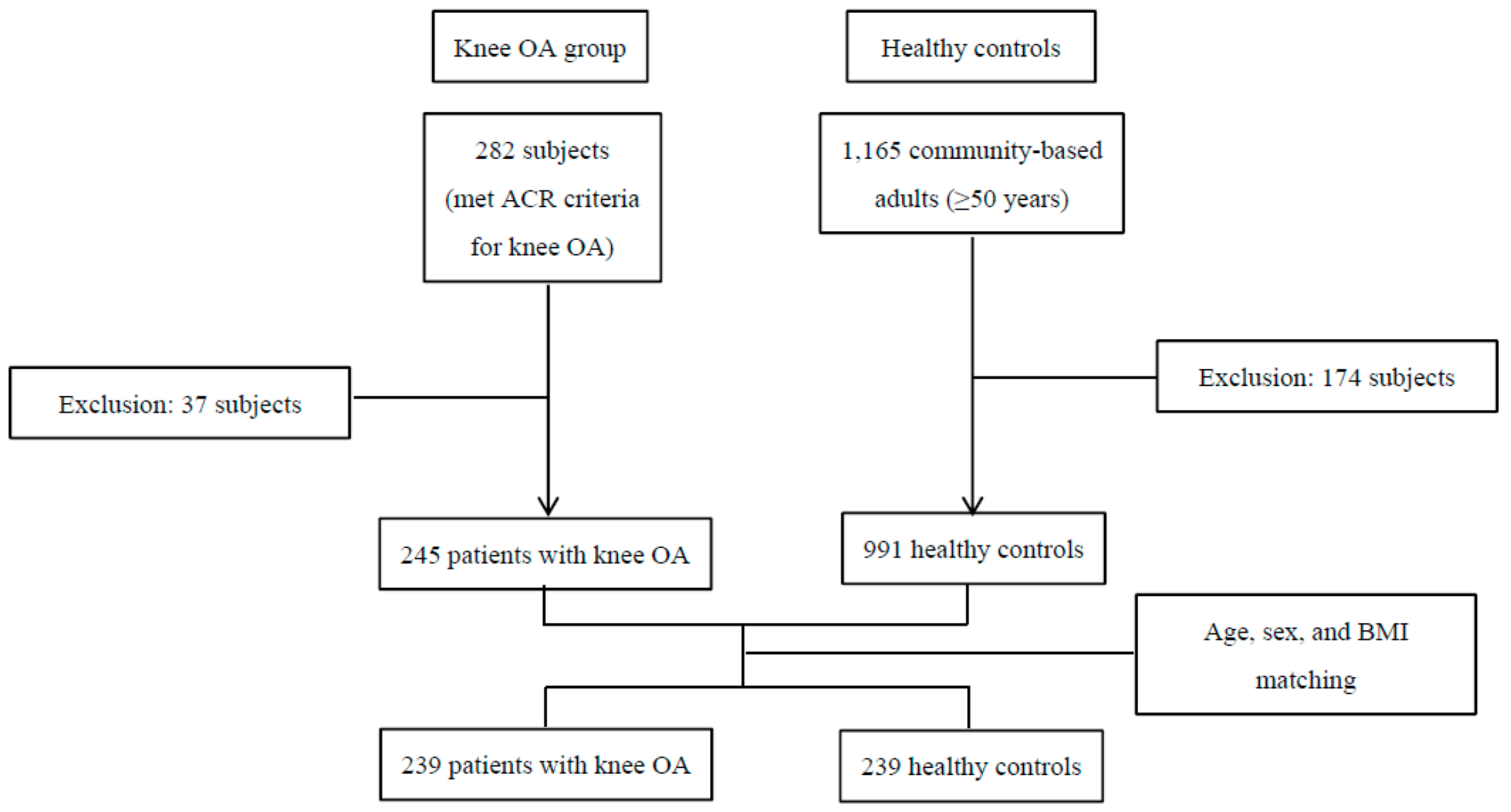

It is important that we are able to identify individuals who are at very high risk so that appropriate treatment to prevent recurrent fractures can be initiated as early as possible. The probability ratios derived from this study will facilitate the more accurate categorization of risk in individuals who have sustained a recent fracture.

Kanis, first author and director of the Centre for Metabolic Bone Diseases at Sheffield University, stated: Fracture probabilities were computed for sentinel fractures occurring within the previous two years and for prior osteoporotic fractures irrespective of recency. The authors determined fracture probabilities after a sentinel fracture (humeral, clinical vertebral, forearm and hip fracture) from the hazards of death and fracture. The study used data from the Reykjavik Study fracture register that documented prospectively all fractures at all skeletal sites in a large sample of the population of Iceland. Now, an important new study by Kanis et al provides probability ratios that can be used to adjust conventional FRAX estimates of fracture probability by accounting for the site of a recent fracture. This early phase of particularly high risk is termed ‘imminent risk’.Ĭurrently, the widely used Fracture Risk Assessment Tool (FRAX®) algorithm accounts for prior fracture, but not for the recency of the prior fracture in its calculation of individualised 10-year probability of hip and major osteoporotic fracture. A prior fracture is a well-documented risk factor for future fracture, with the risk highest in the two years following the sentinel fracture and subsequently declining with time.


 0 kommentar(er)
0 kommentar(er)
